The big open field suddenly rushed closer and I hit the ground with a grateful, relieved, welcome thump and tumble.
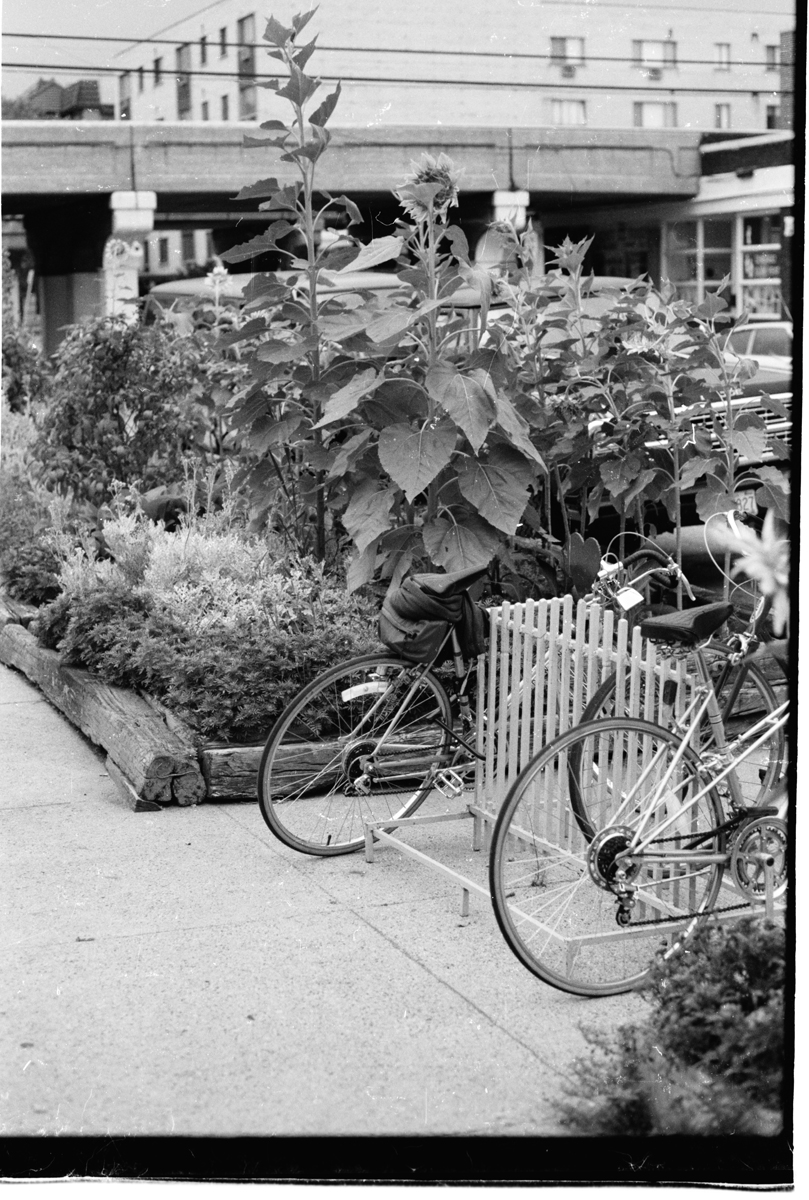
Bike rack and sunflower at the Heartland Cafe. Photos by Michael James from his forthcoming book, Michael Gaylord James’ Pictures from the Long Haul.
[In this series, Michael James is sharing images from his rich past, accompanied by reflections about — and inspired by — those images. These photos will be included in his forthcoming book, Michael Gaylord James’ Pictures from the Long Haul.]
During the late summer of 1983, I took my first and probably last leap out of an airplane. My friend Kim Cole initiated the adventure; it started with a drive to a small airstrip surrounded by cornfields near Bristol, Wisconsin. We joined a score of others donning white coveralls and paid very close attention to the instructor, Bud, as he introduced us to the details of our pending jumps from a small plane.
Pictures from the Long Haul
Because I was the tallest in my group of five inside the single engine plane, my number was up right away; the reticent jumper became the first leaper. I sat on the edge of the open doorway, my legs outside the plane, thinking “Why the fuck am I doing this?” Moments later I climbed onto the struts under the wing, looked around and down at the earth while think-talking with the great spirits. Then I let it rip.
I yell: “Holy shit, thank f’’n God! Thank the Great Spirits!” The parachute was open, the predictable outcome for a static line jump. And so began my descent, a pretty neat time looking down from my ever-diminishing height as I took in the evil Zion nuclear power plant, the Great Lake Michigan and its shoreline, and the fields, farms, roads, homes, and other buildings stretching to the west.
The big open field suddenly rushed closer and I hit the ground with a grateful, relieved, welcome thump and tumble. I gathered my ‘chute, headed back to activity central, and watched Kim get into the plane, take off, and take her fall. Post airtime we gathered in the hanger for celebratory hugs, jubilatory phews (!), cold beer, with toasts to the jumpmaster and ourselves.
At the Heartland Café the sidewalk garden we created was full-up lush.
Meanwhile, back home at the Heartland Café the sidewalk garden we created was full-up lush. Years earlier we broke up sections of parkway cement out front, framed it with railroad ties, then filled it with a truckload of topsoil. A bench faced the Café’s outdoor patio. Two volunteer maples took off, as did the comfrey imported from Karma Farm in Wisconsin. Numerous perennials were added or just appeared: coneflowers, milkweed, tiger lilies, pretty if unidentified “weeds,” roses, iris, hollyhocks, and tall grasses. Some years we planted Indian corn, pumpkins, and sunflowers.
This year everything was up and thriving, and the Heartland garden was a thick patch of green, brown, orange, red, and yellow flora in various stages of development and decline, growth and decay. The sunflowers were as tall as a draft horse’s eye and squirrels feasted on the seeds. Someone else did too: a big ole’ sunflower was missing, twisted from its stalk where earlier it had drooped, its flower propped at the end of a hook on a pole.
Next to the garden stood our prized functional-sculpture bike rack. One day it was there, the next day gone. A pretty thing — baby blue topped off with a red heart — it was welded together by Gene Balicek. He was an artistically-inclined young fellow who was also the first paint man on the baby blue/maize/maroon sign, designed by artist and friend Lester Dore, that still adorns 60-plus feet of the Heartland building’s parapet wall, and visible to riders of the El as the train pulls in or out of the Morse-Lunt stop.
Then the truck was gone and so were the bikes and rack, stolen in the dark of night.
Missing along with the rack were a few bikes. A rental truck had been parked up the block; someone was moving out. Then the truck was gone and so were the bikes and rack, stolen in the dark of night, hauled off to somewhere new.
The Heartland Café became a popular go-to place for small and large group meetings gathered for all kinds of reasons, including the emerging progressive politics in our 49th Ward. Business partner Katy Hogan’s former teacher at Mundelein, David Orr, was our neighbor and now our progressive and outspoken alderman. He later became interim mayor after Harold Washington died, and then the Cook County Clerk, a position he still holds. He was reelected in April 1983, the year Harold became Chicago’s Mayor.
While I was as responsible as anyone for bringing 60’s and 70’s radicals to the Heartland, Katy and her friendship with David and others helped the Café become a go-to meeting place for progressive Democratic politicians (“public servants”).
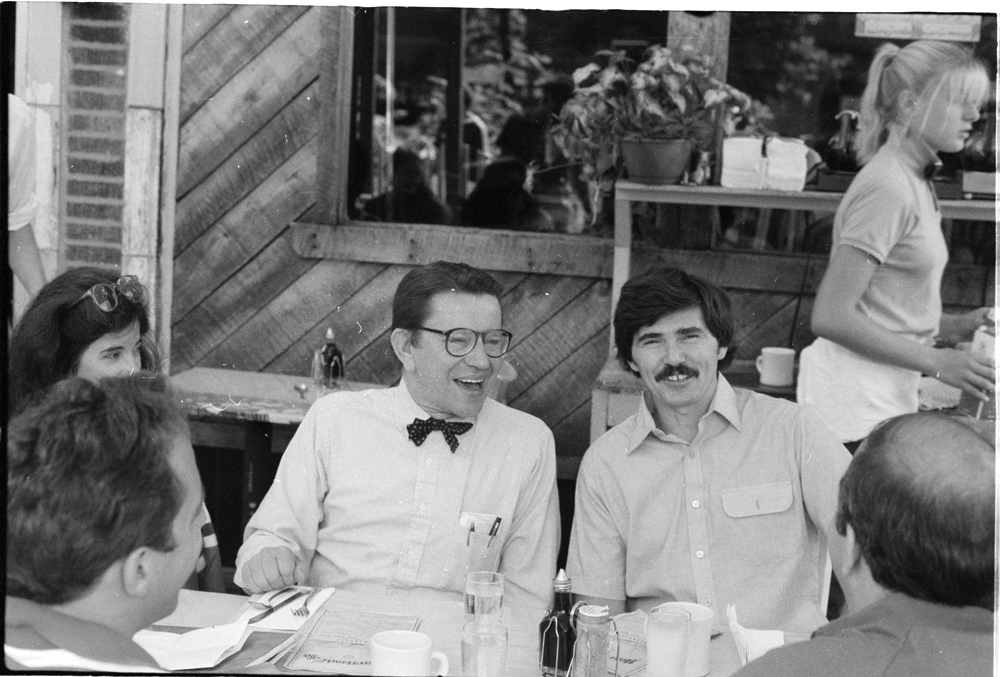
Congressman (soon to be Senator) Paul Simon meets with progressive 49th Ward Alderman David Orr and others at the Heartland Cafe.
One Saturday morning David brought Congressman Paul Simon and a small group of activists to the Café to talk about Simon’s ultimately successful 1984 run for Senator against Chuck Percy. Simon would campaign for the Democratic presidential nomination in1988; he would not be the last person running for that lofty position to grace our establishment.
We set up food stands at athletic events like frisbee tournaments.
During that summer and fall of 1983 our evolving offer to go “off campus” with our food took root. “Heartland Café — Good Wholesome Food for Mind and Body — we will bring it to you!” We set up food stands at athletic events like frisbee tournaments and running races, including Chicago’s AVON (breast cancer awareness) Race. Katy became involved with a group of Avon’s hotshot runners, including Marti Cooksey, who eventually set a number of world records. This esteemed group of female athletes dined at the Café, and Katy ran in the Avon Marathons in Atlanta and Germany, where she broke four hours.
On another front, starting in 1979, we had begun publishing The Heartland Journal, a “Free American Journal of Health, Sport, Culture, and Change.” By 1983 we were hooked up with The Natural Resource Network, a New Age media networking group that represented resource directory publishers to advertisers nationwide. It was comprised of publishers producing 15 resource directories and papers from around the USA and Canada; included were DC Growth, Holistic Learning Quarterly (Pittsburgh), Attunement (Madison), Catalyst (Salt Lake City), and Nexus (Colorado).
Most of these papers leaned toward the spiritual.
Most of these papers leaned toward the spiritual, and bodywork and therapy disciplines; the NR ads included the likes of The Acupuncture Education Center, Friends World College, the Institute for Psych-Structural Balancing, the National Holistic Institute, The Trager Institute, Astro*Carto*Graphy, and the Mendocino Sufi Camp. The Heartland Journal was certainly the most political paper in the bunch, bringing together all the things that mattered to us: politics, sport and athleticism, spiritual concerns, environment, music, and art — a way of looking at and being in the world I called comprehensive consciousness, my attempt to integrate it all. I attended several retreats with my fellow publishers. My fondest memory of these gatherings is someone in the group doing massage in a field under a bright blue sky in South Haven, Michigan.
In January 1984, two days before my 42nd birthday, my 13-year-old first-born blood son — Jesse Hampton Nathanial William Floyd Robin James — told me that he was gay. Ah ha. The plan had been for him to meet me at the Nautilus in Evanston, work out together, and then I’d take him home. Jesse was a no-show and for a while a no-find. His mom Stormy had him call when he got home in the early evening. “Where you been?” “ The youth group.” “ Cool. What youth group?” “Gay Horizons.” Wow. “Cool, what’s that like?”
I ended up at Sterch’s Bar on Lincoln Avenue, a regular and too-inviting stopping place.
Later I ended up at Sterch’s Bar on Lincoln Avenue, a regular and too-inviting stopping place during my days and years of hanging out late into the night. That night I took a little acid, drank some tequila, did a few snorts as well as some puffs, and finished the night with food, Advil, and a lot of water. For me it was a very thoughtful, reflective, meaningful, and memorable night.
Two weeks later I headed to the Horizon venue out past the airport for the Bally International Track Meet. A mediocre high school shot putter, I have always followed and loved track and field. I heard about this meet from my friend, the lifelong track man Tom Cooney, a hotshot runner at Loyola Academy and Loyola University and the track and field coach at his college alma mater.
Tom was starting to get into the world of producing big-time running events, traveling far and wide dealing with personnel and equipment for events likes the Chicago Marathon and Hawaii’s Ironman. The performances that stood out for me that day were those of the juiced-up East Germans, the speedy Irishman Eamonn Coghlan winning the mile, and the real cool high jumper — soon to be TV commentator — Dwight Stones fouling out. And Cooney, the master of ceremonies decked out in a tuxedo, was the man running the show.
A week later I was at Richard Harding’s musical hot spot, the Quiet Knight, taking in Los Lobos, the Chicano band from East LA. The club was located upstairs at the southeast corner of Belmont and Sheffield by the Belmont El stop. Los Lobos were on their first U.S. tour, before their record, “How Will the Wolf Survive.” The show was great, but the most memorable moment came from action on the dance floor, not the stage: a sudden commotion and rush of energy when a knife fight broke out on the dance floor.
During this era too thick with chasing women I took a run out of town.
During this era too thick with chasing women I took a run out of town to visit a woman I’d met months earlier on a baseball excursion to see the White Sox in Boston. On February 23, I took a People’s Express flight to LaGuardia, a bus to Penn Station, another to Newark, and then a flight to Boston. Barbara picked me up and we hightailed it to Provincetown, Massachusetts. It was not the summer-fun Provincetown I pictured, but instead a cold, gray, rainy, windy, salty, slow motion winter-place on the edge of the earth.
We checked in to the Provincetown Inn; to my surprise and joy I read a sign stating “The Provincetown Inn is Presenting Marvelous Marvin Hagler, Undisputed Middleweight Champion of the World.” Hagler called the Provincetown training camp his “prison,” as he worked out in the Inn’s minimally enclosed (and closed for the winter) pool and patio area. Marvelous Marvin was beautiful to watch, moving around the ring sparring with his cool-looking Latino trainer guy.
Seeing and watching this champ ignited my boxing memories.
Seeing and watching this champ ignited my boxing memories: boxing lessons as a kid; my hometown Y’s old boxer Jim White swimming summer miles at Compo Beach; sitting by my dad on the couch watching the National Boxing Commission’s Friday Night Fights on NBC; going with him — the TV producer Hal James and his crew — to broadcast ABC’s Philly’s Saturday Night Fights from the Boston Garden, where I saw the Cuban Kid Gavilan dancing and prancing in white hi-tops.
I recalled the good times going to gyms in Clarendon, Portage, and Lafollette Park, selling Rising Up Angry papers that included coverage of boxing tournaments at St. Andrews Gym; and working with Peter Kuttner filming boxing scenes for our Rising Up Angry film, Trick Bag, for Kartemquin Films.
At the top of my memory screen was seeing the other champ at the Golden Gloves with my dad in Madison Square Garden, March 21, 1960, when Cassius Marcellus Clay won it all, beating active Army boxer Gary Jawish. Clay, soon to become Muhammad Ali, was 172 lbs. He danced and backpeddled as he battered the 232-pound big man.
And then Ali again, this time in Philadelphia in November 1970, after the Black Panther Party’s Constitutional Convention when I boarded the plane early, and came upon Ali, the only other person on board. I passed him in first class, too shy to stop, but did say, “Hi. I’m a day older than you are — January 16, 1942.” This Champ smiled.
In Provincetown, seeing the champ Marvin Hagler and thinking about the champ Ali, I was inspired to run along the Atlantic on damp sand, breathing salt air, surrounded by the cold, gray late February air. Romance turned out not to be in the air for me then, but this short visit was invigorating and motivational, perfect for a guy going home and back to work.
Find more articles by Michael James on The Rag Blog.
[Michael James is a former SDS national officer, the founder of Rising Up Angry, co-founder of Chicago’s Heartland Café (1976 and still going), and co-host of the Saturday morning (9-10 a.m. CDT) Live from the Heartland radio show, here and on YouTube. His photo site is michaelgaylordjames.com and he is reachable by one and all at michael@heartlandcafe.com.]

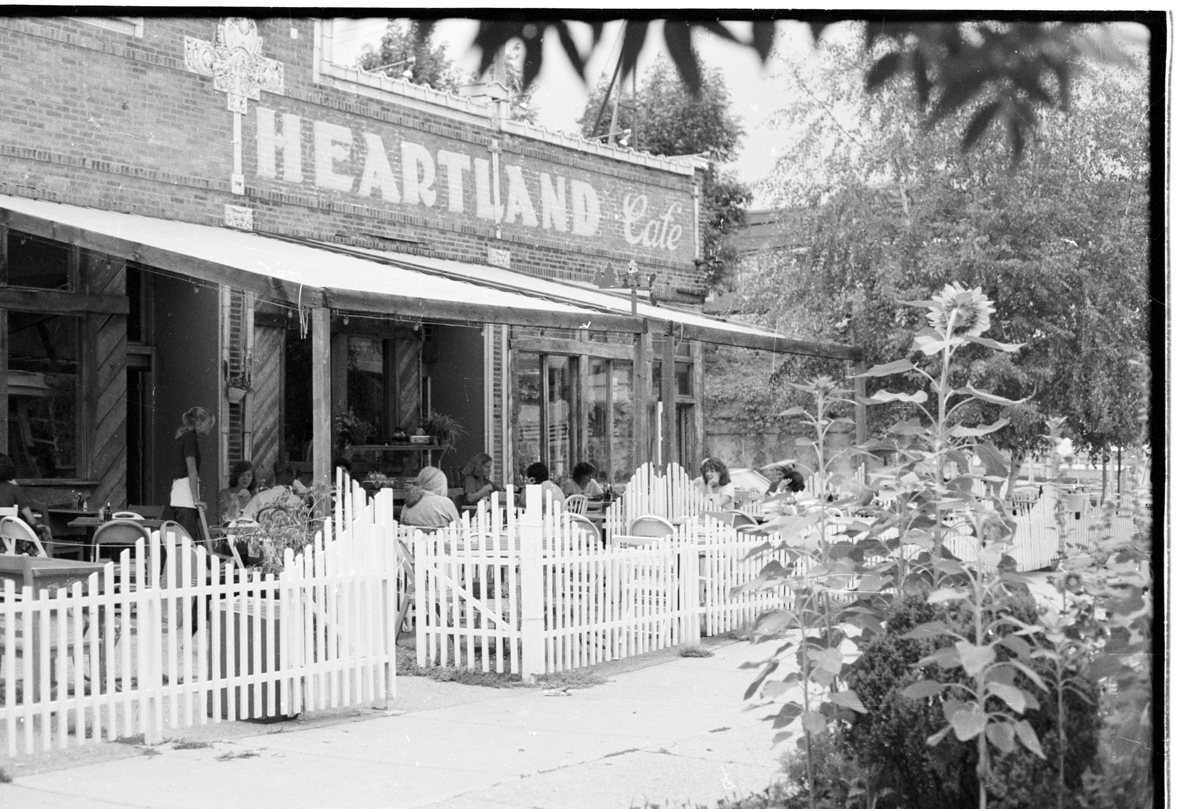
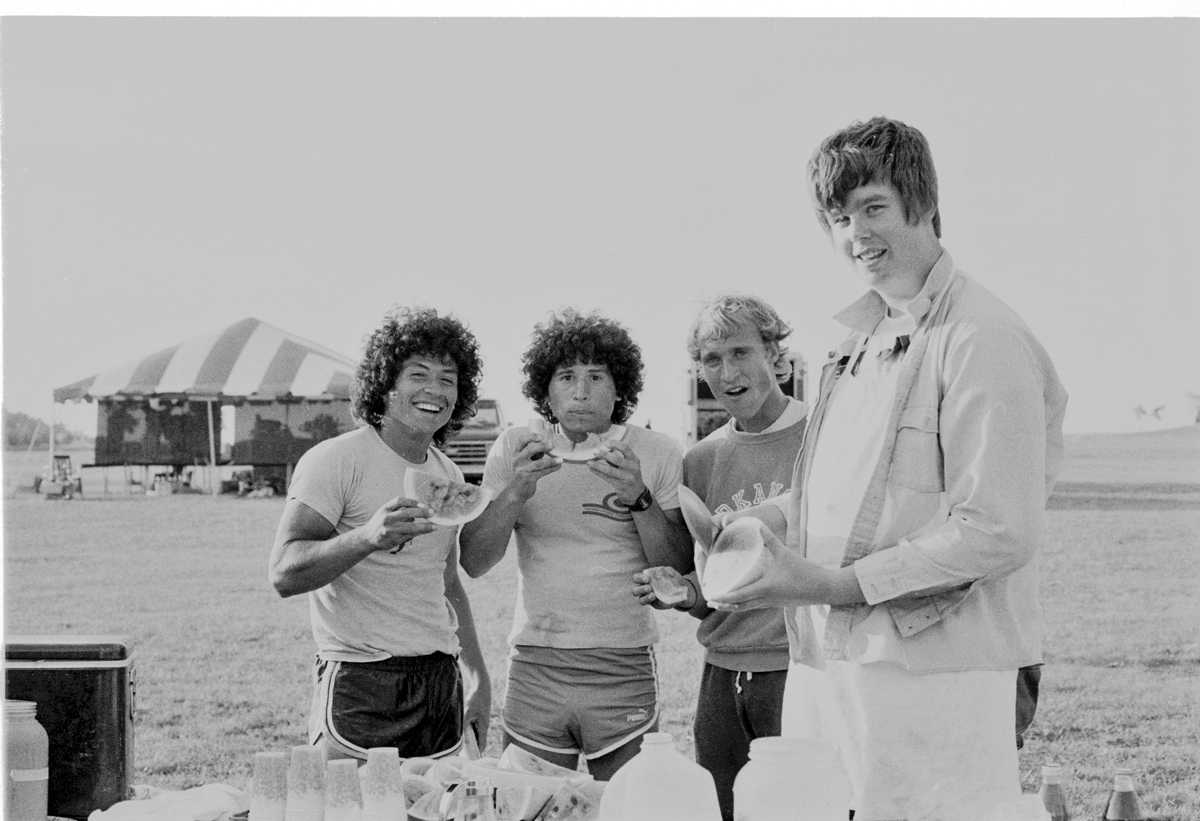
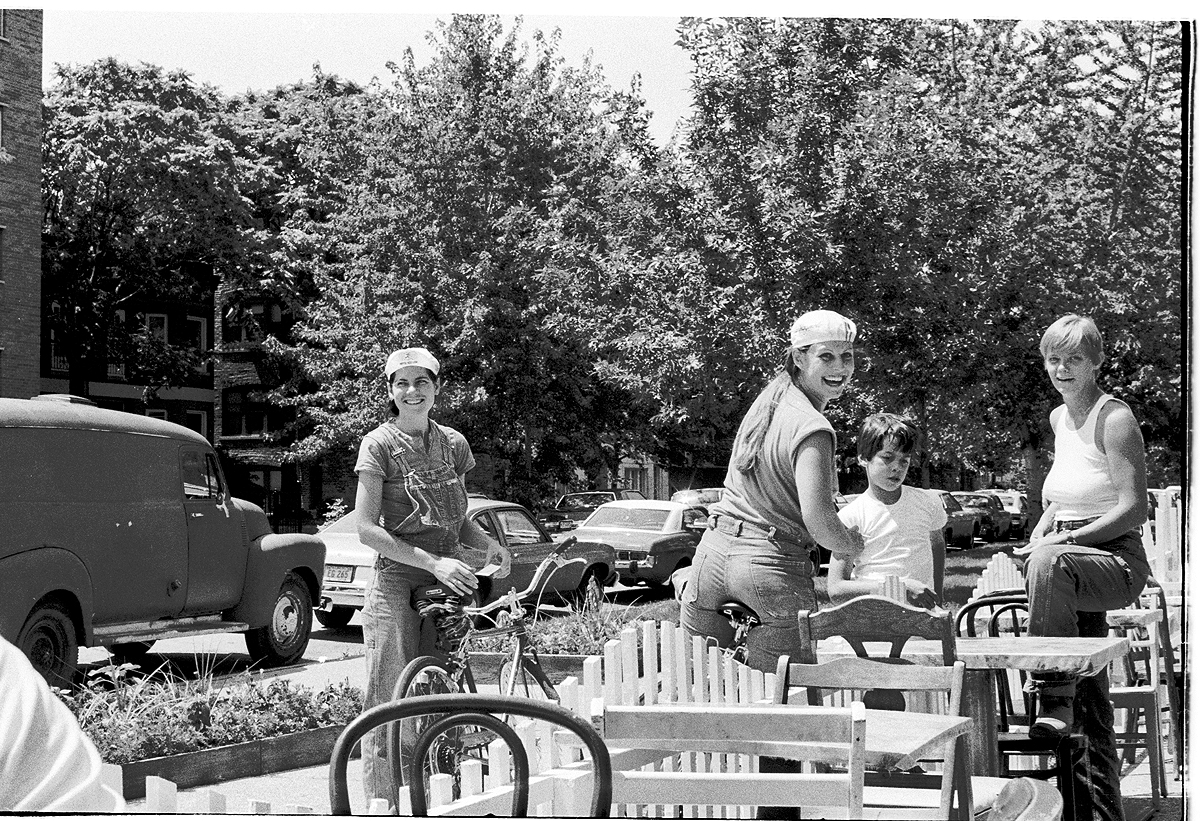
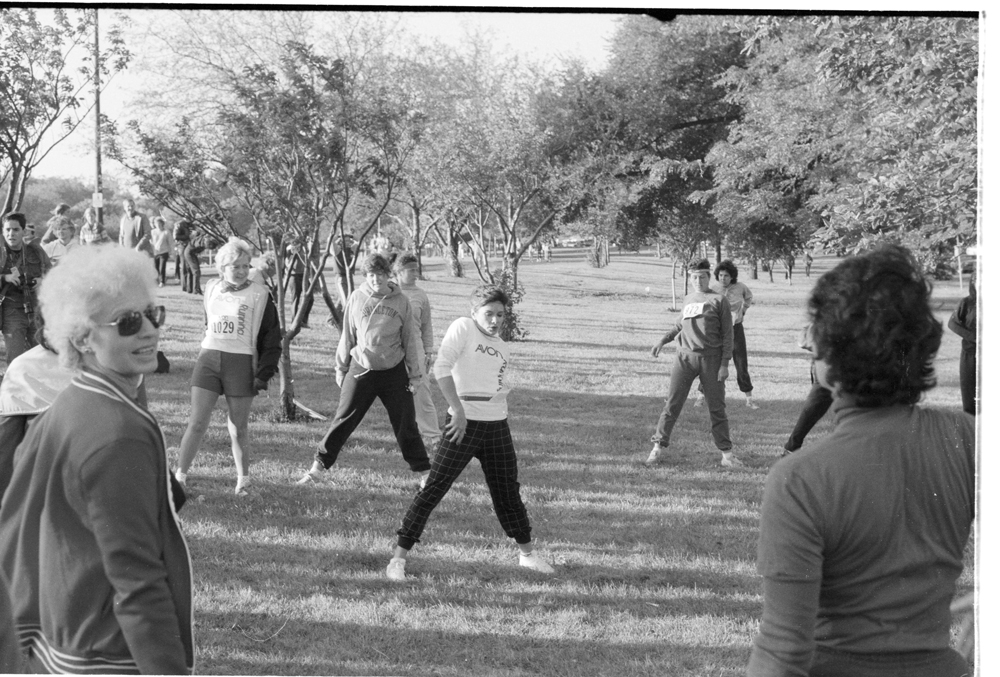
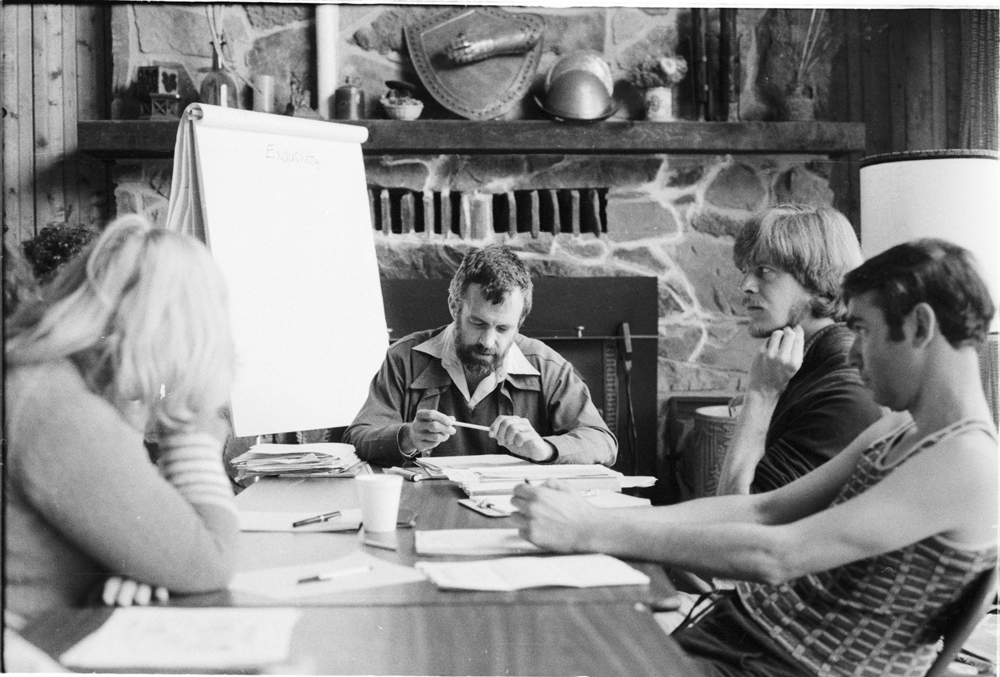
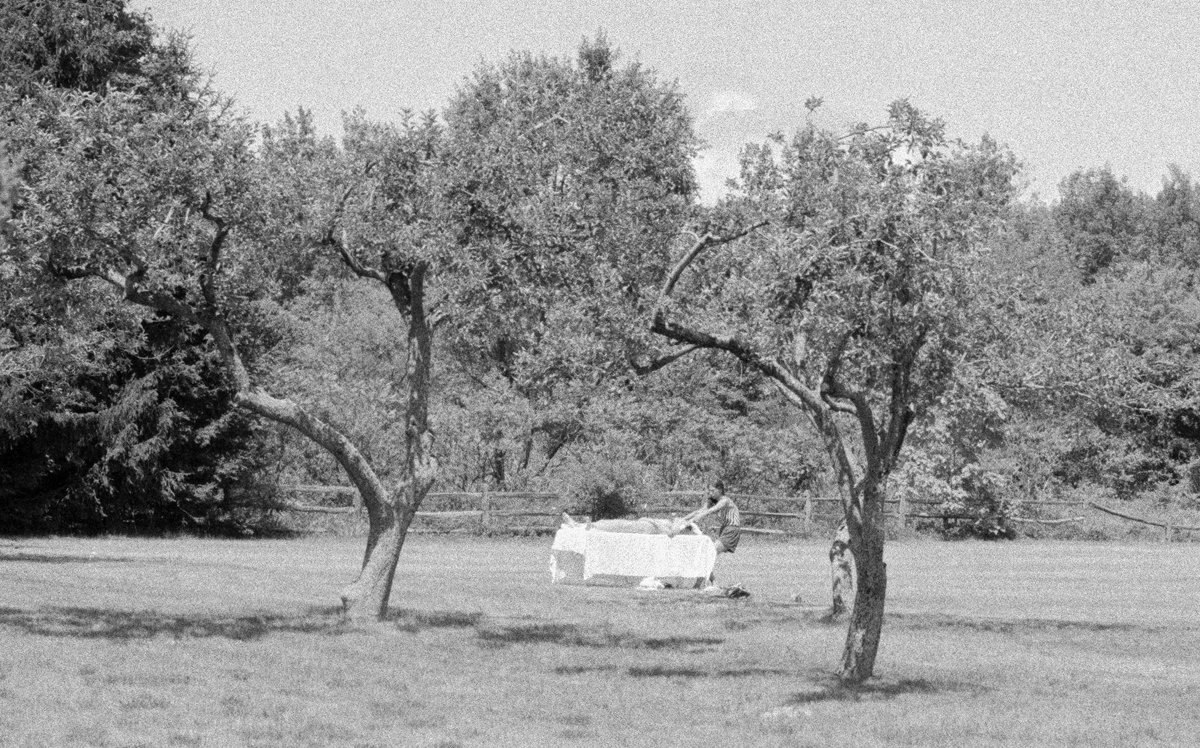
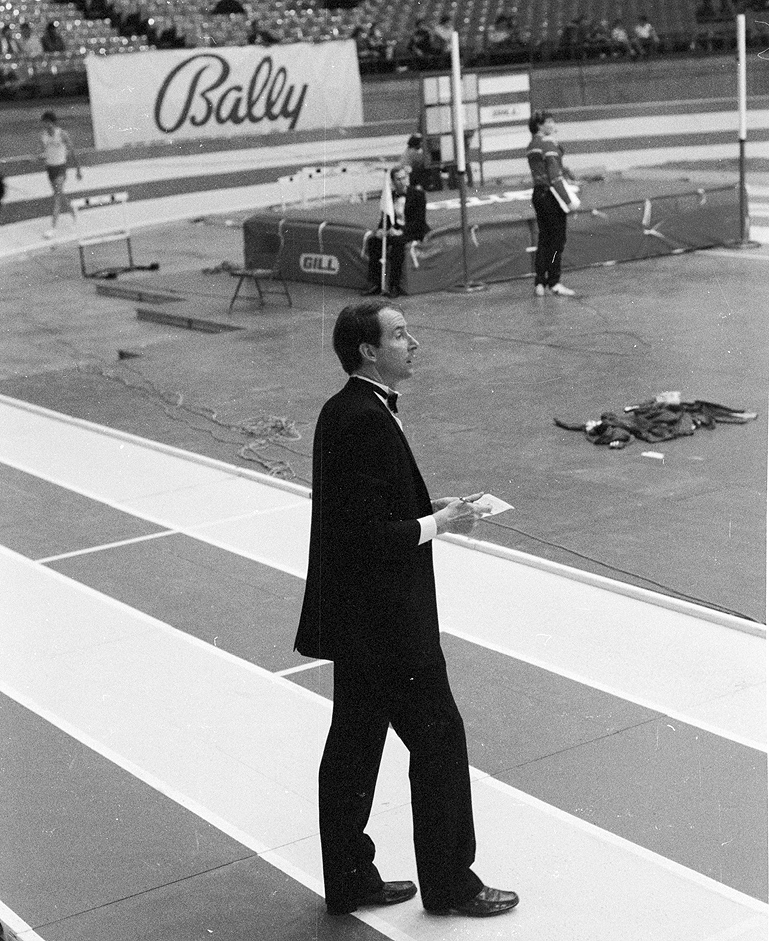
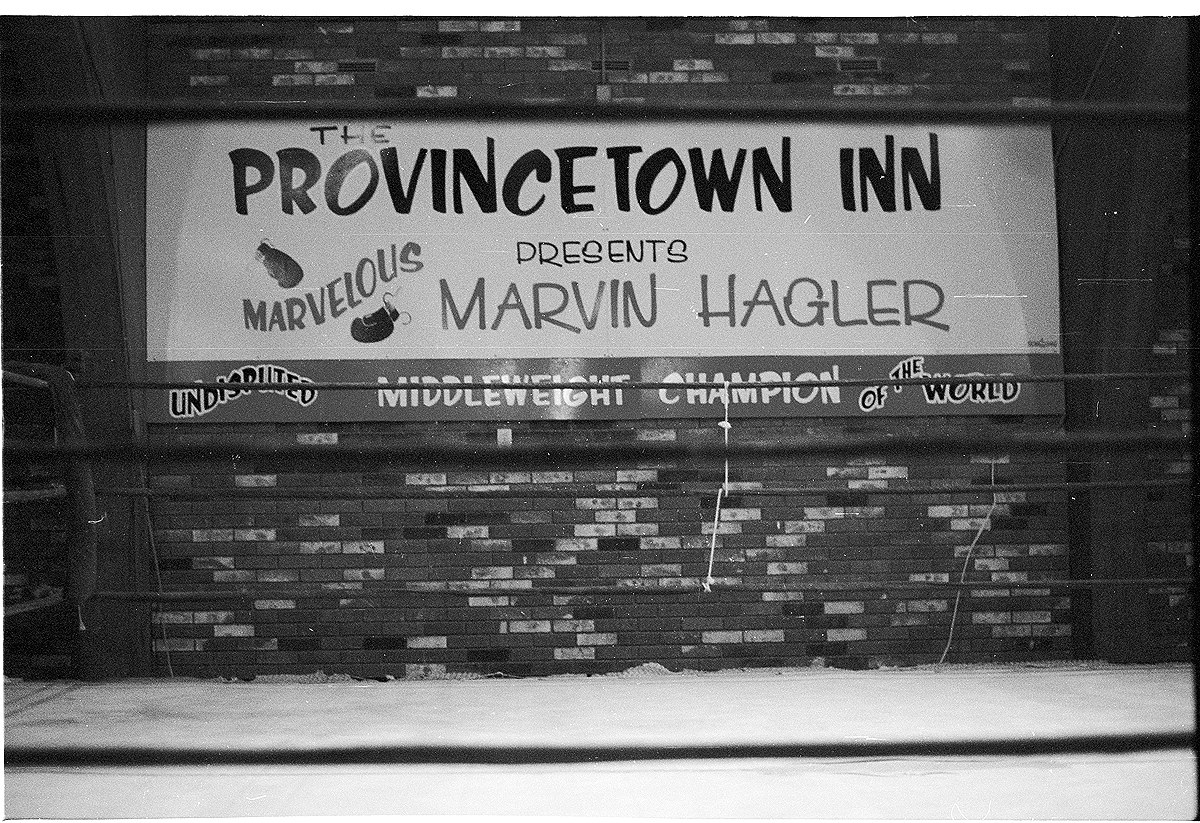


















Fascinating writing. Great photos. A pleasure to know what you’ve been doing these past years